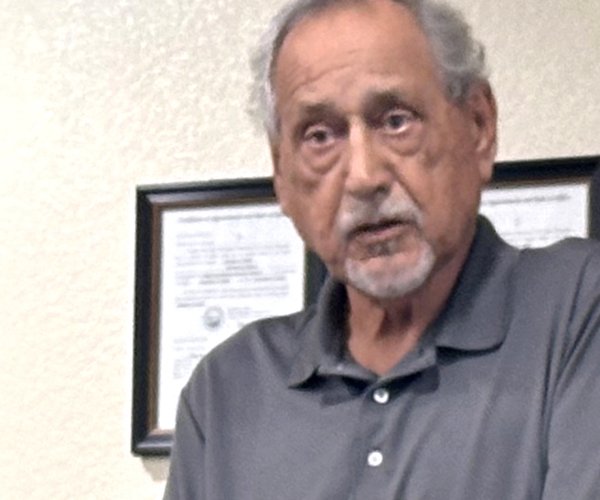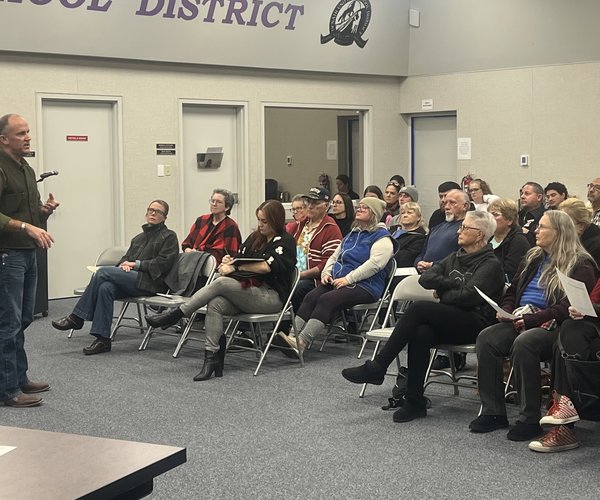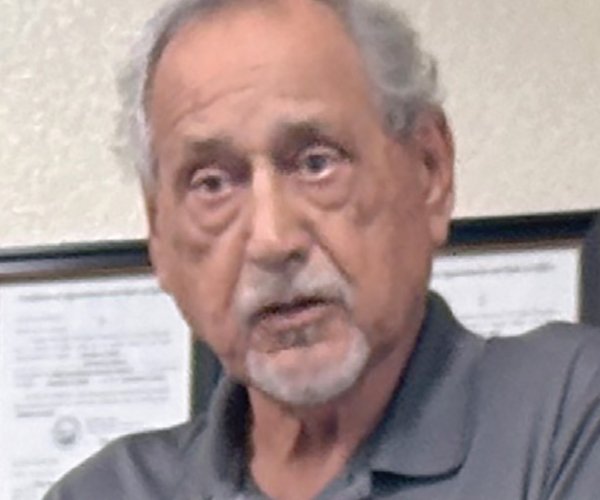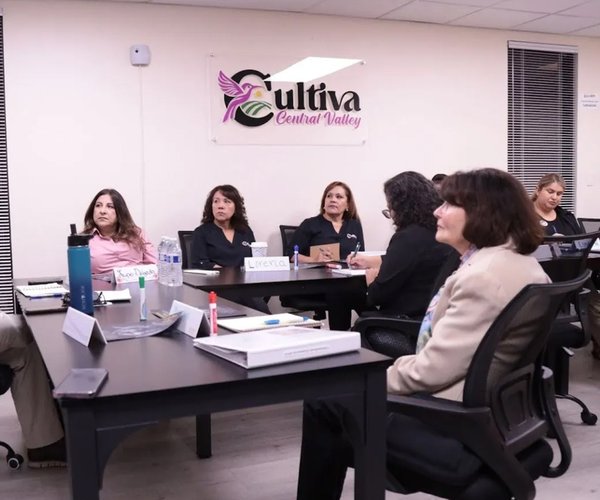Turlock residents can take a free ride throughout the month of July on both Turlock Transit buses and Stanislaus Regional Transit Authority lines.
Transit agencies offer free rides in July





